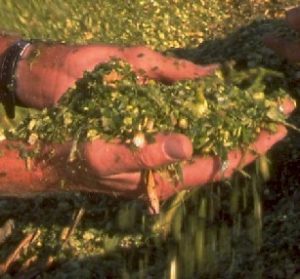News
Transitioning dairy cows to fresh silage

Photo courtesy University of Wisconsin
A forage specialist says dairy farmers should gradually transition to fresh silage to avoid a fall slump in milk production.
Dr. Bob Charley of Canadian-based Lallemand Animal Nutrition tells Brownfield decreased milk output is common when switching from old silage to the new crop.
“You’re basically transitioning the cows from one feed to another. And if you do it in one step, then you’re basically setting yourself up for them to have problems. Which could range from just drops in production to things like Sub Acute Ruminal Acidosis (SARA) or even worse things.”
He says fresh silage may have lower starch digestibility, as well as high levels of readily fermentable carbohydrates—both potential causes of reduced milk production.
Dr. Charley recommends a four week transition period to mitigate a fall slump.
“You use none of the new silage week one, 25 percent of the new silage week two. Fifty percent week three, 75 percent week four. And then from then on you’re on 100 percent new silage.”
He says dairy farmers should work closely with their nutritionists to balance rations appropriately around new mixtures.

Add Comment